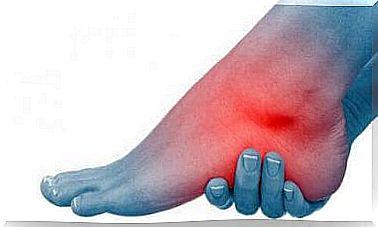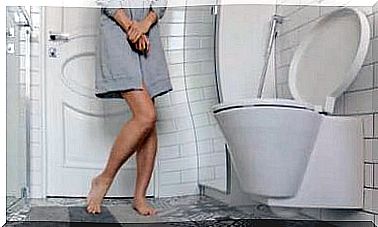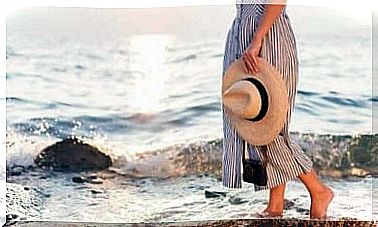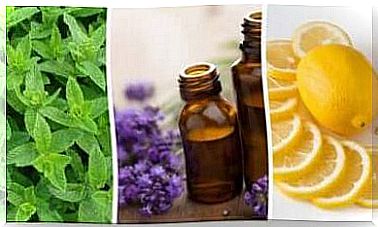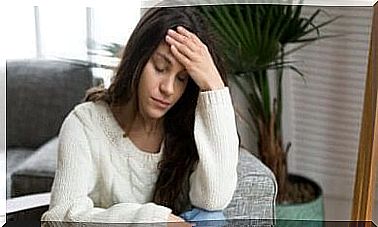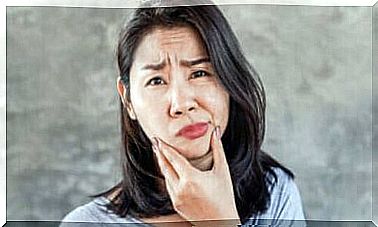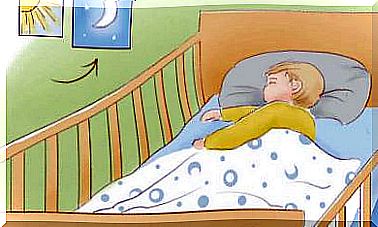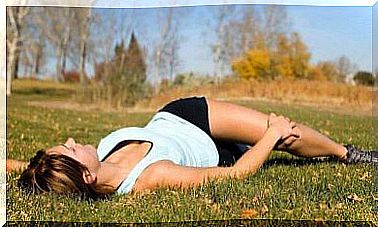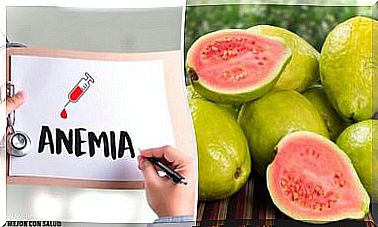Take Care Of The Wasp Sting At Home
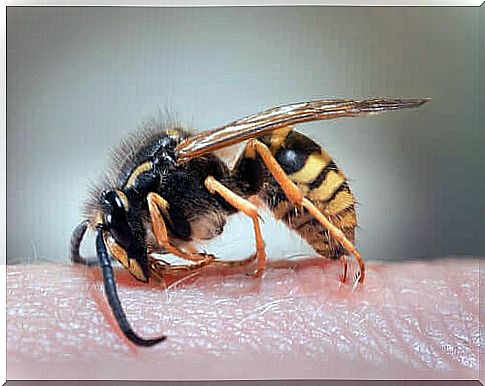
Wasp stings often heal on their own after a few hours. However, some people need treatment to relieve the pain caused by the sting, as it can feel very uncomfortable. Fortunately, however, the wasp sting can be easily treated at home as long as there are no signs of an allergic reaction.
If you have an allergic reaction to a wasp injection, you should see a doctor immediately as it may put you at risk for anaphylactic shock. This is a serious reaction that can cause a rash, difficulty breathing, dizziness, and other potentially fatal complications.
Fortunately, such reactions are not very common and most often the discomfort caused by wasp stings can be treated naturally with home remedies and basic care. Next, we’ll tell you more about helpful treatments.
Useful remedies for wasp sting pain
When a wasp sting causes pain, it is important to learn the right way to treat it. The first step is to check if the spike is still attached to the skin. If so, it should be taken out by gently scratching the skin lightly on the edge of the debit card.
Then clean the area with warm water and neutral soap. If you have an antiseptic, it is a good idea to use it at this stage. But what can you do about pain and swelling? After a few minutes, you may feel burning and pain.
Treatments containing natural ingredients can be used to alleviate these symptoms. However, keep in mind that they only provide temporary relief and are not always effective. Most of them come from common beliefs, and there is not always evidence of their effectiveness against the symptoms caused by wasp stings.
Cold bandages
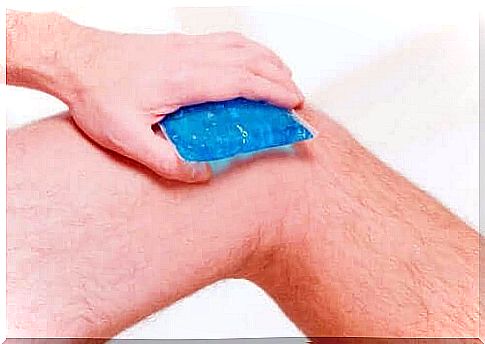
A cold bandage is a good way to reduce the pain caused by a wasp sting. It should be applied to the affected area as soon as possible after disinfection of the injection site. According to a publication by the University of Rochester Health Library, colds reduce pain by making that part of the body numb. It also helps reduce swelling.
Use
- This treatment can be done in two ways. The first is to soak the towel in cold water and put it in a resealable bag. Then put the towel in the freezer for 15 minutes and then keep in the damaged area.
- Another option, which is faster than the first, is to wrap ice cubes inside a towel or cloth. You can use this cold bandage immediately by gently rubbing it on the injection site.
Essential oils
To date, no scientific evidence has been obtained that essential oils relieve the pain caused by wasp stings. However, many people have used them as a sedative and antiseptic drug.
According to a study published by Evidence-Based Complementary and Alternative Medicine , essential oils have antimicrobial properties that reduce the risk of infection.
Use
- You can start by choosing from a variety of options, such as tea tree oil, lavender or rosemary oil, which are known for their antiseptic and antibacterial properties.
- Once you have made your choice, mix one or two drops of that ingredient with half a teaspoon of massage oil, such as olive or coconut oil.
- Then rub the mixture on the affected area two or three times a day.
Aloe Vera
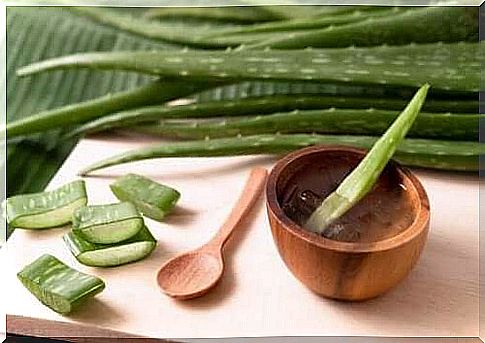
In addition to being a safe ingredient for use on the skin, aloe Vera is also a good treatment to reduce inflammation and pain caused by wasp stings.
A study published in the medical journal Pharmacognosy Reviews shows that aloe vera has anti-inflammatory and antibacterial properties. For this reason, it may be useful in treating the symptoms of wasp sting.
Use
- If possible, take fresh aloe Vera gel directly from the plant. Then rub it on the affected area for 2-3 minutes.
- Repeat two or three times a day.
By what other means can the pain caused by a wasp sting be relieved?
In addition to the above treatments, other methods can be used to reduce the pain caused by the sting. According to information provided by the Mayo Clinic, hydrocortisone ointment or an antihistamine may be used to inject wasp. Both options reduce redness and itching.
Kalamine cream as well as over-the-counter non-steroidal anti-inflammatory drugs (NSAIDs) are also good options. However, be sure to follow your doctor’s or pharmacist’s instructions when using NSAIDs. If symptoms do not improve or become more severe, it is best to see a doctor.
